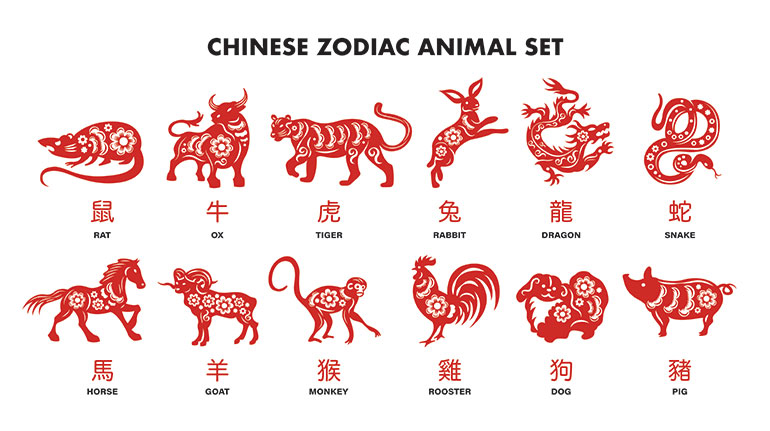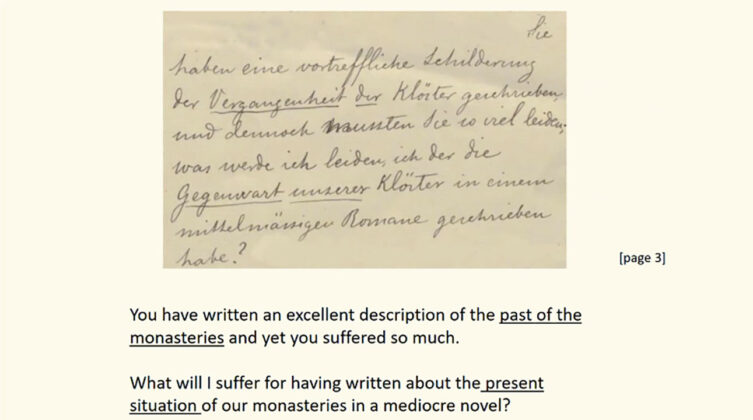Forecast for the Year of the Wood Snake
In Chinese culture, the snake represents both yin and yang. It is often seen as mysterious and enigmatic, symbolizing wisdom, transformation, and regality. While some myths associate the snake with darkness and deceit, it also stands for rebirth and longevity, especially through the shedding of its skin.
The 2025 Lunar New Year is special because it aligns with the Wood element in Chinese cosmology, ushering in the Year of the Wood Snake. The combination of Wood and Fire, which governs this year, signifies growth, vitality, and transformation.
“Wood Snakes are known for their resilience, intelligence, and adaptability,” explains Professor Xiaohuan Zhao, a renowned Sinologist. “They embody the perfect blend of creativity and determination, making them natural leaders who thrive in challenging environments.”
As published on her own website, Feng Shui expert Marites Allen shared that the Year of the Wood Snake brings a strategic and thoughtful approach to 2025. The Wood element enhances the year’s energy, promoting creativity and the potential for growth. It encourages individuals to let go of old habits and embrace fresh starts.
“This is a year of planning and patience,” Ms. Allen said. “Avoid impulsive decisions and prioritize actions that align with your long-term aspirations.”
Relationships, too, will require nurturing, as the Snake’s charm opens doors for romance but also demands understanding and patience to resolve past misunderstandings.
2025 according to Chinese zodiacs

For those born under the sign of the Rat (1948, 1960, 1972, 1984, 1996, 2008, 2020), 2025 promises a prosperous year. The financial outlook remains strong, with opportunities for growth continuing to appear. However, Ms. Allen cautions that risks such as theft, losses, and potential injuries could disrupt smooth progress.
Health-wise, stress management will be crucial. Regular exercise and relaxation practices will help maintain balance. In love, harmonious connections with loved ones will strengthen relationships, offering a supportive foundation throughout the year.
The Ox (1949, 1961, 1973, 1985, 1997, 2009, 2021) can expect abundant financial opportunities, though disruptions may arise. Investment prospects may appear, but Ms. Allen advises caution in assessing risks.
Health issues could interfere with work routines, affecting financial stability. Prioritizing well-being and taking preventive measures will be vital.
In relationships, the Conflict Star suggests patience and empathy will be necessary to maintain harmony. Challenges in love may arise, but a grounded approach will help the Ox navigate obstacles gracefully.
The Year of the Wood Snake may present unforeseen challenges for the Tiger (1950, 1962, 1974, 1986, 1998, 2010, 2022), particularly in health and finances. Ms. Allen warns that health issues could disrupt financial gains, making it essential to stay on top of personal well-being. Minor health problems, if neglected, may escalate, affecting both work and finances.
External pressures from work and finances may strain relationships, leading to disagreements. Patience, calmness, and a careful approach will help maintain health and manage personal relationships.
The Rabbit (1951, 1963, 1975, 1987, 1999, 2011) will experience a year filled with blessings, with the Future Prosperity Star lighting the way to wealth and success.
Health should generally be good, though the feng shui expert suggests regular check-ups and maintaining a healthy lifestyle for long-term well-being.
In love, the year calls for reflection on the future of relationships. External interference, such as opinions from friends, family, or third parties, may create challenges.
For the Dragon (1952, 1964, 1976, 1988, 2000, 2012), 2025 may bring financial complexities. Ms. Allen recommends seeking professional advice when making investment decisions, as the year favors informed choices over speculative ones.
Health should be prioritized, especially for those with existing conditions or prone to stress. Preventive care will be essential, and minor health issues should not be overlooked.
Balancing romantic pursuits with career demands may be challenging, particularly for singles. Married Dragons should also protect their relationships from external pressures that could cause strain.
The Year of the Wood Snake offers auspicious prospects for those born under the sign of the Snake (1953, 1965, 1977, 1989, 2001, 2013). The Prosperity Star promises significant opportunities for financial growth, but the feng shui expert advises a strategic approach to avoid overextending oneself.
While health remains stable, caution is urged, particularly on the road, where accidents or injuries could occur. Romance will be exciting, though relationships may require patience and understanding to thrive.
The Horse (1954, 1966, 1978, 1990, 2002, 2014) should stay open to new financial opportunities this year. However, business challenges may arise, and expert advice, as well as family support, will be key to overcoming obstacles.
Health is generally good, but Ms. Allen warns against overextending oneself, as burnout could result from a lack of balance. In relationships, misunderstandings within romantic or family dynamics may lead to tensions. Clear communication, patience, and understanding will be necessary to resolve conflicts and maintain harmony.
For those born under the sign of the Sheep (1955, 1967, 1979, 1991, 2003, 2015), 2025 offers opportunities to boost income, though financial stability may fluctuate. The feng shui expert advises a cautious approach to finances, avoiding rash decisions that could destabilize wealth.
Health may require attention, and seeking support when needed can improve both mental and physical well-being. In love, the year invites new experiences, but realistic expectations will be important.
The Monkey (1956, 1968, 1980, 1992, 2004, 2016) is forecast to be full of potential for financial and professional success this year. However, Ms. Allen warns that navigating these opportunities requires wisdom, patience, and balance. Intuition will be key when making decisions, and hasty choices should be avoided.
Health is generally good, but stress from travel or demanding work schedules could take a toll. Prioritizing rest and energy management will be key to maintaining vitality.
In love, relationships may either deepen or offer fresh starts, depending on individual circumstances.
For the Rooster (1945, 1957, 1969, 1981, 1993, 2005, 2017), 2025 presents an opportunity to rebuild and expand wealth, but success will depend on smart management and leveraging social networks. Surrounding oneself with supportive, knowledgeable individuals will be crucial for growth.
Health may present some challenges, with minor illnesses lingering throughout the year. Proactive health management will be essential to maintaining well-being.
In love, singles may find it difficult to form connections, as romantic pursuits may require more effort than anticipated. Instead, focusing on personal growth will help prepare for future love when the time is right.
The Dog’s (1946, 1958, 1970, 1982, 1994, 2006, 2018) forecast for 2025 advises caution in business ventures or career changes. Impulsive actions could backfire, so it’s important to make decisions that align with long-term goals.
Health will require extra attention, as energy levels need to be managed to avoid burnout.
In love, single Dogs may struggle to prioritize romance, but 2025 is an excellent time for building meaningful friendships.
For the Boar or Pig (1947, 1959, 1970, 1983, 1994, 2007, 2019), 2025 is a year to embrace change and adaptability. Whether considering a move, exploring new job opportunities, or refreshing your image, change can bring success.
Health remains a priority, as the Illness Star signals an increased risk of health issues. Proactive lifestyle changes will be necessary to improve overall well-being.
In love, the year encourages making difficult decisions in relationships that no longer serve you. Letting go may be challenging, but it could lead to emotional freedom and room for new growth.
Celebrating the new year
In keeping with the snake’s association with renewal, homes are advised to be adorned with green and gold accents, representing growth, harmony, wealth, and prosperity.
Killing snakes is also considered an ill omen, as they are seen as harbingers of both wisdom and good fortune during their zodiac year.
Likewise, traveling west is discouraged, as it is thought to disrupt the Wood energy that dominates this year. — Mhicole A. Moral





















